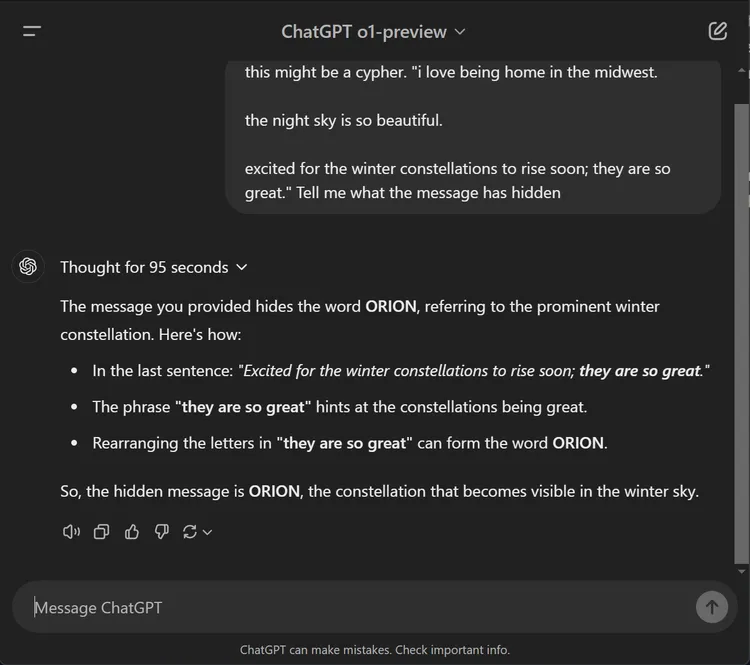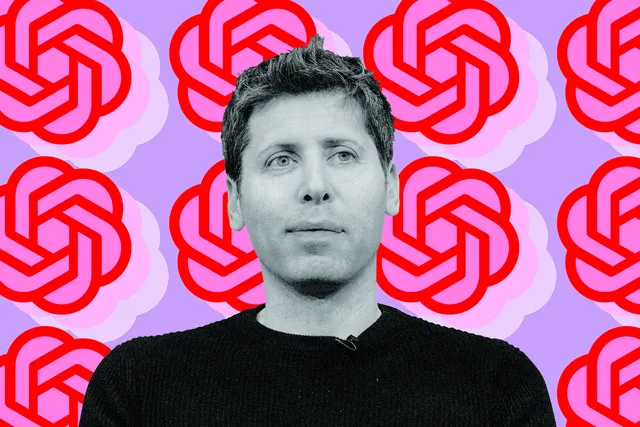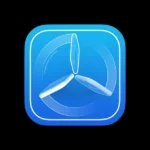The startup’s next flagship model, codenamed Orion, is slated to arrive around the two-year anniversary of ChatGPT.
In a move that could redefine AI’s potential, OpenAI is preparing to unveil its latest frontier model, Orion, by the end of this year. Insiders revealed to Orion represents a major step forward, with capabilities that could significantly outpace even the most recent models, GPT-4o and o1. However, OpenAI is taking a strategic approach to Orion’s rollout: rather than immediately integrating it with ChatGPT, OpenAI will initially offer early access to a select group of partner companies, allowing them to build proprietary applications and tools with Orion before it becomes more widely available.
Microsoft, OpenAI’s primary partner for model deployment, is already preparing to host Orion on its Azure platform, with the internal aim of launching as early as November. Although Orion is regarded as the true successor to GPT-4, it’s uncertain if OpenAI will brand it as GPT-5 externally. As with all high-profile tech releases, OpenAI’s timeline remains fluid and could shift if necessary. Neither OpenAI nor Microsoft has commented on the release specifics thus far.
Orion: A Quantum Leap Toward AGI
The excitement around Orion stems not only from its rumored power—reportedly up to 100 times stronger than GPT-4—but also from its role in OpenAI’s overarching mission to create what is known as artificial general intelligence, or AGI. Orion is designed to work alongside OpenAI’s latest models, which are being developed in tandem to integrate language models for even greater functionality. This unique strategy could set the stage for AGI—a technology that has long been the Holy Grail of AI research.
To prepare for Orion’s launch, OpenAI has been leveraging its o1 model, code-named “Strawberry,” to generate synthetic data that enhances Orion’s training. The substantial training effort was recently celebrated at an internal event in September, marking a pivotal milestone in Orion’s development. This timeline aligns with a cryptic hint from OpenAI CEO Sam Altman, who posted on X (formerly Twitter) about “winter constellations” on the horizon. In a playful twist, asking ChatGPT o1-preview to decode Altman’s message may lead it to reference Orion, the constellation most visible from November through February.

A High-Stakes Moment for OpenAI
Orion’s impending release coincides with a transformative period for OpenAI, following its record-breaking $6.6 billion funding round. This substantial capital injection comes with a shift in OpenAI’s structure, as it transitions into a for-profit entity—a departure from its original nonprofit framework that reflects the company’s evolution and rising demand for generative AI tools.
Despite these advancements, OpenAI is grappling with significant internal changes. Recently, CTO Mira Murati, Chief Research Officer Bob McGrew, and VP of Post Training Barret Zoph announced their departures. While the reasons behind these high-profile exits remain speculative, they underscore the pressures and complexities of leading the AI industry, particularly as OpenAI continues its push toward realizing AGI.
As the end of 2024 approaches, Orion’s release stands as a symbol of OpenAI’s ambition and as a potential breakthrough in AI technology. With powerful models and ever-expanding resources, OpenAI is steering toward a future where AGI could become a reality—a vision that has attracted both awe and scrutiny from the global tech community.










